Description
Black Cherry (Prunus serotina) is a large tree native to most of of the United States from Maine south to Florida west to Arizona. Black Cherry has a narrow, oblong head of small, horizontal branches. The bark is bitter, aromatic, yielding hydrocyanic acid, used in medicine. It is best to keep the black cherry out of any area where grazing animals are present as the cyanide is dangerous to the critters. The bark is dark red-brown, with fissures, rough and peels easily, smooth and of a brown- red color when young, when old very rough, plated. The wood is hard, moderately heavy, close grained, very small pores, reddish brown, used in cabinet work, furniture and trim. Black Cherry is one of the woods used in the flooring called “Woods of the North” from Meeder Lumber in Mancelona, Mi. We have used black cherry trim in 3 rooms in our house. Weighs 36 pounds per cubic foot.
The leaves are simple, oval or oblong, tapering at both ends, wavy-margined and fine toothed, thin, shiny, dark green, bitter and aromatic when crushed, 2-5″ long turning yellow in the fall. The flowers in May-June and are white, in long close- flowered racemes, small, flowering later than other wild cherries usually when the leaves are half grown. Fruit is pea sized berries, bitter when crushed, can be used in pies, ripening in August, fruit for birds and other game and also useful for yanking off by the handfuls to use as ammo when playing with the kids.
Black cherry is a valuable tree for lumber and as an ornamental shade tree. It can be messy in some yards. It is a fast grower. I have one right smack in front of one of the doors to the red barn, when I built the barn in 1983 the tree was just a little sapling and I didn’t have the heart to cut it down and now it is 50′ tall and 2′ in diameter.
Black cherry can tolerate wet to dry, acid to alkaline soils. It does best in full sun or partial shade. The tree has relatively shallow root system so is susceptible to damage from vehicles. Lawnmower damage is common as my big black cherry can testify. My oldest daughter bumped it a few times in the early 90’s and now has major sections of bark missing and as a result the upper branches on the side with the damage are dying. The black cherry is a beautiful tree and should be more extensively planted as it is only found occasionally in a wild setting.
The black cherry has few pests though none serious. The eastern tent caterpillar prefers the cherry tree and makes it’s nest in it if possible. Spraying is usually not necessary and the pest is usually gone in a few weeks. The rose chafer is a leaf chewer that is more annoying than destructive.
The National Champion black cherry is 138′ tall and found near Ann Arbor, Michigan.

